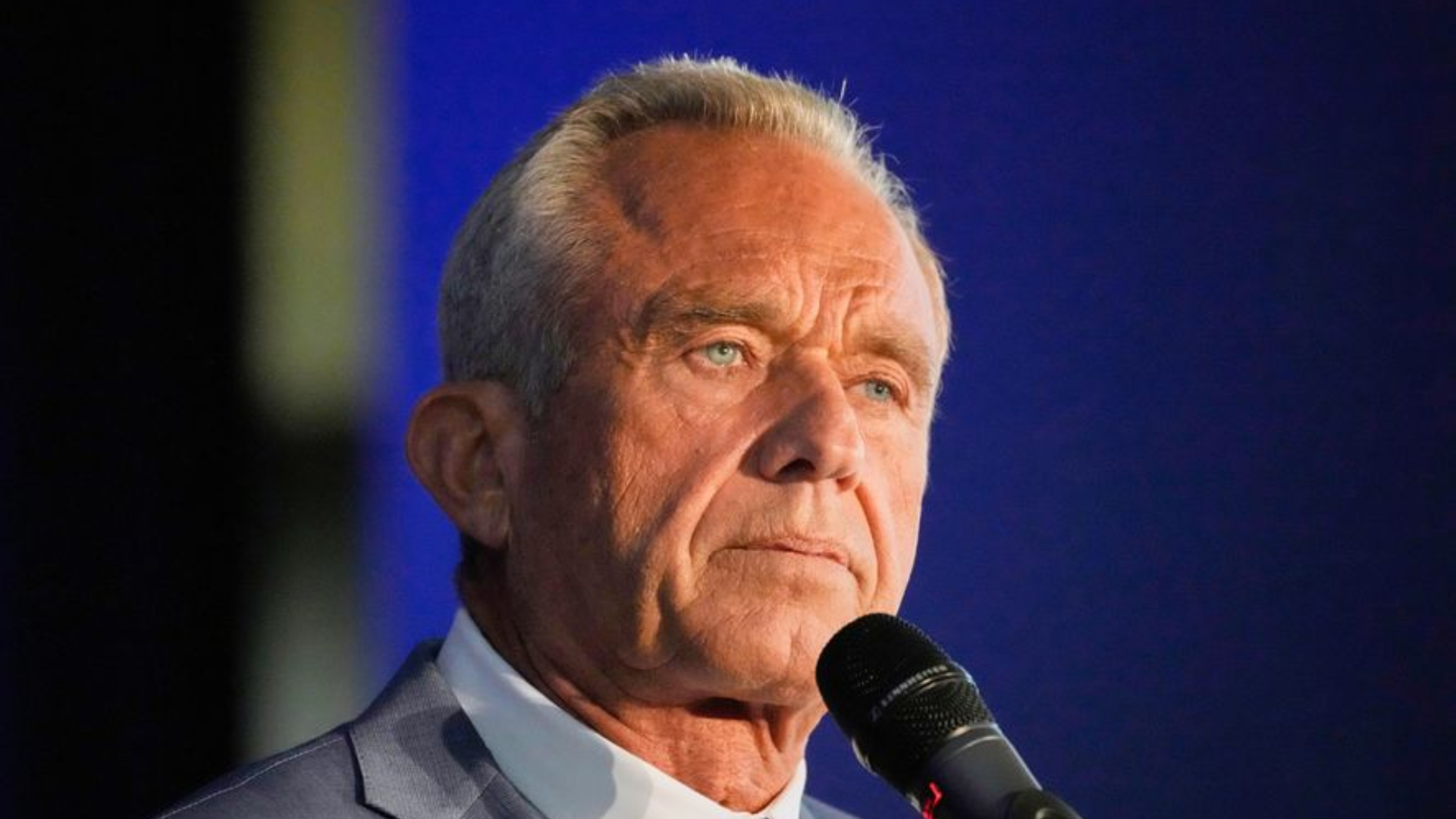Steve Burns
WMAL.com
WASHINGTON – (WMAL) It probably won’t be welcome news for Red Line riders dealing with the most painful surge of the Safe Track program. General Manager Paul Wiedefeld wants riders to pay more for less service next year.
In a release Sunday, Wiedefeld calls the budget he’ll propose this week a “reality check” as Metro stares down a $275 million budget deficit.
“Metro has to face reality when it comes to what the region says it can afford and direct those resources to best serve the riders we have today,” said Wiedefeld. “This plan has Metro doing everything in our power to get major expense categories under control while improving safety and making the trains run on time.”
The release did not specify the extent to which bus and rail fares would be increased. It did, however, specify possible service cuts. Rush hour trains would leave end-line stations every eight minutes instead of every six. Downtown stations where multiple lines overlap would see more frequent service. “Rush+” trains would be eliminated, but the long-beleaguered Blue Line would see a boost in service. All the fare and service changes would add up to $50 million in savings.
Wiedefeld also calls for 1,000 Metro employees to be laid off, along with stricter fare enforcement and an increased subsidy from Maryland, D.C., and Virginia. Around a dozen bus routes could be on the chopping block as well.
The plan still has to be vetted and voted on by Metro’s Board of Directors. Board Chairman Jack Evans has vowed to veto any possible fare increase.
“I’m against raising fares, and I’m against cutting service,” Evans said at a recent D.C. Council meeting. “They’re short-term fixes. Metro is in the trouble it is today because of short-term fixes.”
The latest Safe Track surge closes the Red Line between Fort Totten and NoMa until the week of Thanksgiving. Most other sections of the Red Line will also see reduced service. Wiedefeld said at a news conference last week that this is among the most disruptive surges as measured by passengers affected.
“Definitely, this is a different situation. One is the volume of the people in terms of the riders. But also, when you have a total shutdown, our experience is people do behave a little differently than when we go to single tracking,” Wiedefeld said. “Single-tracking, people can still see that ‘I can get there. I don’t have to do anything terribly different.’ When they see it’s a total shutdown, I think they do different decisions.”
Copyright 2016 by WMAL.com. All Rights Reserved. (PHOTO: WMATA/Larry Levine)






















